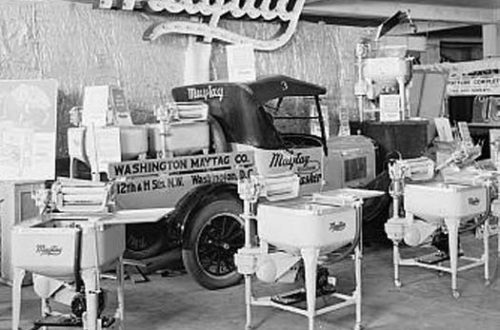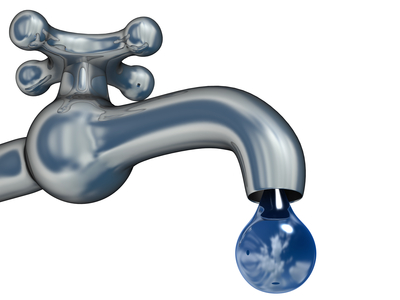And what you can do about it
Adapted from the U.S. Environmental Protection Agency Website
Scientists estimate that over 8 million plastic tons enter our oceans yearly. Many studies suggest that washing clothes is one major source. The majority of clothing on the planet is made from plastic-based materials like polyester, rayon, nylon, and acrylic. When washed, synthetic clothing sheds tiny plastic fragments known as microfibers. Microfibers are the most prevalent type of microplastic (plastic pieces less than 5 mm in diameter) found in the environment.
Wastewater treatment plants filter out the majority of microfibers, but because they are so small, some microfibers pass through the wastewater treatment systems, entering our waterways and oceans. The same Ocean Wise study estimated that the U.S. and Canada together release 878 tons of microfibers into the environment through treated wastewater.
Researchers have found plastic microfibers in a variety of fish and shellfish that people consume. Though scientific research has made it clear that humans are exposed to microplastics through the food we eat, the water we drink, and the air we breathe, we do not yet know what effects microplastics might have on our health. More research is needed to better understand the full set of risks posed by this pollutant.
How You Can Help Reduce Microfiber Pollution
- 1. Wash clothing less often. This is perhaps the simplest and most effective method for reducing microfiber pollution.
- 2. Only wash full loads of laundry. This results in less friction between clothes and reduces shedding of synthetic fibers.
- 3. Wash laundry with cold water for a shorter period of time. A recent study by Northumbria University and Procter & Gamble found that switching to a colder and shorter cycle can dramatically reduce microfiber shedding.
- 4 .If possible, use a front-loading washer. A 2016 study by the University of California, Santa Barbara showed that top-load washing machines produced significantly more microfibers than front-loading machines.
- 5. Install an external microfiber filter on your washing machine and/or use a microfiber-catching laundry ball or bag. Dispose of the captured microfibers in the trash. There are several commercially available external lint filters to choose from. There are also more affordable products like wash bags and laundry balls designed to capture microfibers.
We are only beginning to understand the scale, the sources, and the risks of microfiber pollution. However, we know enough to start addressing the problem now, starting with our home laundry. By making these relatively simple changes, we can do a lot to reduce the flow of plastic into the environment.
Full article here: bit.ly/3kWdrl5
Illustration courtesy of the Government of Canada






